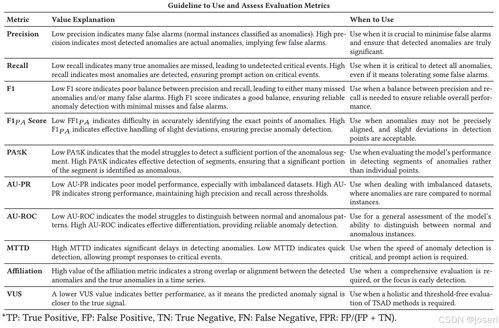Understanding the Power of Surveys

Surveys are a powerful tool that can provide valuable insights into the opinions, behaviors, and preferences of individuals or groups. Whether you’re conducting market research, gathering feedback from customers, or simply curious about public opinion, surveys can help you make informed decisions. In this detailed guide, we’ll explore the various aspects of surveys, their uses, and how to create effective ones.
Types of Surveys

There are several types of surveys, each with its own strengths and weaknesses. Here are some of the most common types:
-
Online Surveys: These are conducted over the internet and can reach a wide audience. They are cost-effective and can be easily distributed through email, social media, or dedicated survey platforms.
-
Mail Surveys: These are sent through the postal service and can reach individuals who may not have internet access. They are more time-consuming and expensive but can be effective for reaching specific demographics.
-
Phone Surveys: These involve calling individuals to conduct the survey. They can be more personal and provide immediate feedback, but they can also be expensive and time-consuming.
-
Face-to-Face Surveys: These are conducted in person and can provide detailed responses. However, they can be expensive and time-consuming, and the sample size may be limited.
Designing a Survey

Creating an effective survey requires careful planning and consideration of several factors:
-
Objectives: Clearly define the purpose of your survey. What information are you trying to gather? This will help you determine the type of survey and the questions you need to ask.
-
Target Audience: Identify the group of people you want to survey. Consider their demographics, interests, and level of familiarity with the topic.
-
Question Format: Choose the right type of questions to ask. Open-ended questions allow respondents to provide detailed answers, while closed-ended questions provide specific options for them to choose from.
-
Question Wording: Ensure that your questions are clear, concise, and unbiased. Avoid leading or loaded questions that may influence the respondent’s answer.
-
Survey Length: Keep your survey short and focused. A long survey can be overwhelming and may lead to lower response rates.
Survey Tools and Platforms
There are many survey tools and platforms available to help you create and distribute your survey:
-
Google Forms: A free, easy-to-use tool that allows you to create simple surveys and collect responses online.
-
SurveyMonkey: A popular survey platform that offers a wide range of features, including question templates, data analysis, and reporting.
-
Qualtrics: A comprehensive survey tool that is used by many universities and businesses. It offers advanced features for creating complex surveys and analyzing data.
-
Microsoft Forms: A free survey tool that is integrated with Microsoft Office 365. It is easy to use and allows you to create surveys, quizzes, and forms.
Analyzing Survey Data
Once you’ve collected your survey responses, it’s important to analyze the data to draw meaningful conclusions:
-
Descriptive Statistics: Calculate basic statistics such as mean, median, mode, and standard deviation to summarize the data.
-
Cross-tabulation: Analyze the relationship between different variables by creating tables that show the frequency of responses for each combination of variables.
-
Correlation Analysis: Determine the strength and direction of the relationship between two variables.
-
Regression Analysis: Predict the value of a dependent variable based on the values of one or more independent variables.
Best Practices for Conducting Surveys
Here are some best practices to keep in mind when conducting surveys:
-
Be transparent: Clearly explain the purpose of the survey and how the data will be used.
-
Offer incentives: Consider offering a small incentive to encourage participation.
-
Follow up: Send a follow-up email or message to thank participants for their time and encourage them to complete the survey.



